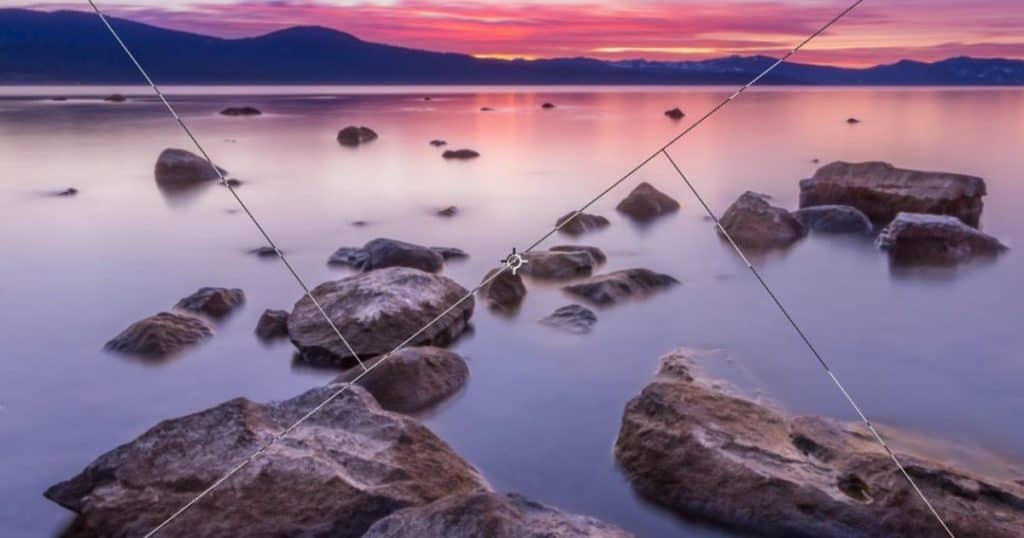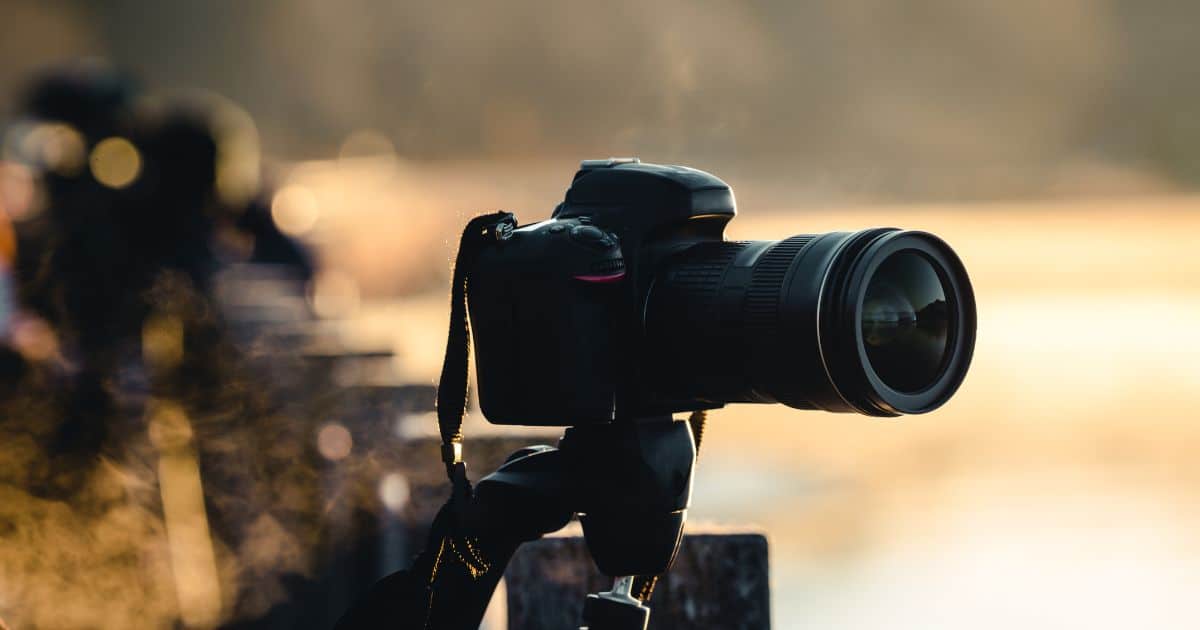Photography might be one of the most widespread hobbies. Today, virtually everyone with a phone takes pictures – whether it’s a casual selfie or a picture of your cat. Combining that with humanity's urge to explore nature and get back to our roots, landscape photography is born as a subset of that hobby.
To get the most out of your pictures, however, you’ll want to have a firm grasp of composition. Strong composition knowledge will allow you to take the next step as a landscape photographer.
In this article, we will show you six great tips to improve your landscape photography composition so that the next time somebody scrolls through your gallery, they'll think you're a professional landscape photographer.
What Is Landscape Photography?
Landscape photography is the art of capturing the nature around us – though sometimes man-made structures are also included in the shots.
Some people enjoy landscape photography because they want to capture a breathtaking moment, others see it as a lifestyle, and others as an escape from the concrete jungle we live in today.
At the end of the day, it may be the healthiest form of photography. However, just like any other hobby, some take it more seriously than others.
That’s why landscape photography composition is the crossroads between casual pics and artistic masterpieces.
What Is Composition?
Composition helps a photographer set up the elements of any given shot. Through different techniques, the photographer can mimic the ways the human eye views certain objects or scenes.
Of course, depending on what one is trying to photograph the techniques that are applied will differ.
Still, even those that never dabbled in composition have heard about techniques such as the Rule of Thirds, Framing, or the Golden Ratio.
For landscape photography, composition techniques focus on what best brings out the feel and atmosphere of nature.
Tips For Landscape Photography Composition

Leading Lines
Artificial or, in the case of landscape photography, natural lines are used to lead the viewer's gaze toward the focal point of the photograph.
It's ok if your leading lines are more noticeable in your first few images – the important part is that you understand the way they're used to master landscape photography composition.
As you advance, leading lines will become more subtle as you discover different angles and become more comfortable with your camera.
Like any other compositional technique, leading lines can be used to tell a story within your photo, of things converging to or diverging from a certain origin point, for example.
It's great to explore how different types of lines affect your photo – horizontal, vertical, diagonal, or curved – each will tell its own story.
Object Placement
Sometimes leading lines will not pull the viewer's gaze toward the focal point of the image in the way we would want them to.
To bring the focus back to the point of interest, find other objects that will bring balance to the photo while still giving the final product a harmonious composition.
When an object is in the foreground of our focal point, it works the same way as the leading lines do – guiding the viewer's eyes toward the point of interest in the background.
Various small foreground objects work even better because we get a makeshift “road” of focal points leading us toward the main part.
Object Isolation
In landscape photography composition, object isolation isolates an object in an image.
When using object isolation, foreground elements, and leading lines are unnecessary because they would take away from the story of the image.
By isolating a natural object, we remove all other contexts and are left with the crux of the matter, thereby strengthening the image.
Find a Focal Point
The most important part of a good landscape photography composition is the focal point – something our eyes can focus on. This is essentially the meat and potatoes of the image.
You may encounter beautiful scenery that provides you with perfect leading lines, but when you look through your camera lens you notice that there is no focal point in the shot.
Focal points work as anchors for our eyes, standing there at the end of our visual journey.
However, if no focal point is available to you, it is still possible to get the most out of your trek – create your own focal point.
By personally playing the part of the focal point you can add the necessary finishing touch to your photo while at the same time adding a distinctive flair to it.
Scan the Edges of the Frame
Once we're satisfied with how the components have been arranged and balance has been achieved, all that's left is to press the shutter button, right?
Wrong.
A final scan of the edges of your frame will save you a lot of trouble later on.
Take a trip around the frame's edge with your eyes and see if there are objects that shouldn't be there, ruining your shot.
Also, make sure that the focal point (or points) of your photo have enough space, meaning that they are not too close to the edges of the frame.
Subtraction
Just like in math, subtraction is the removal of unnecessary clutter. If an image frame has objects within it that take away from the focal point of the image in any way, shape, or form, the best way to deal with it is by subtracting them from it.
To do so is not always as simple as moving the camera slightly to the left or right. Sometimes we need a different angle altogether.
Subtraction helps in that regard due to the minimalistic approach where anything that does not add value to the centerpiece of the photo should be removed.
Summary
The best part about landscape photography is the opportunity to spend time in nature as part of a hobby and enjoy beautiful landscapes. Capturing that beautiful sunset or stunning mountain range makes all of the hard work worth it.
Finding the perfect landscape shot is an adventure in and of itself, and with our tips on how to improve your landscape photography composition, such adventures will be worthwhile.
Stick around for the best photography tips, composition tips, and everything else you need to know about landscape photos!

